OnPage SEO Audits – Statistics and Trends

After the realization of over 100 OnPage SEO audits in 2016, we from the Serpact team decided to gather all the data and analyze it. In this way we managed to make several important conclusions that we are going to mention in this post. Also, this helps us to understand what is the current trend in the business and to what extent people rely on it. Last but not least, we compare the data from the audits + implementation of the audits and those without such data.
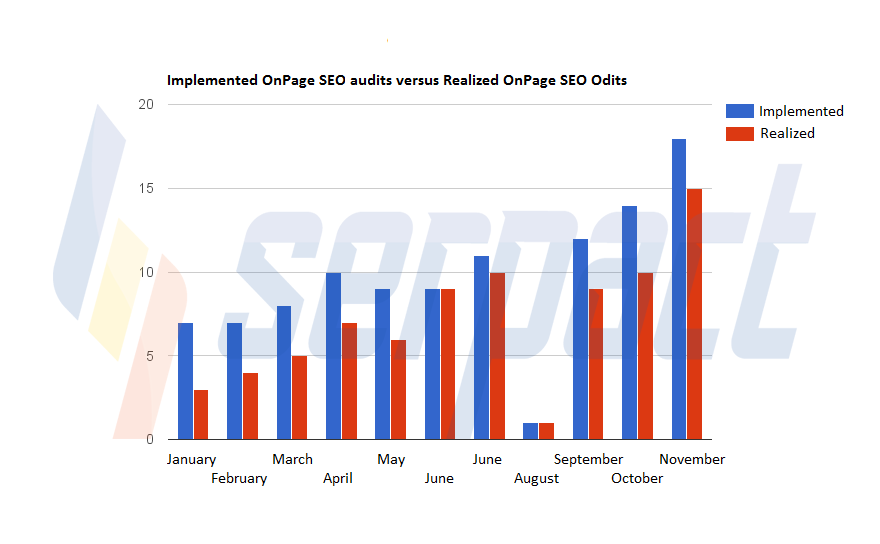
OnPage SEO audit/ short descripton
1. Your website is connected to Google Console
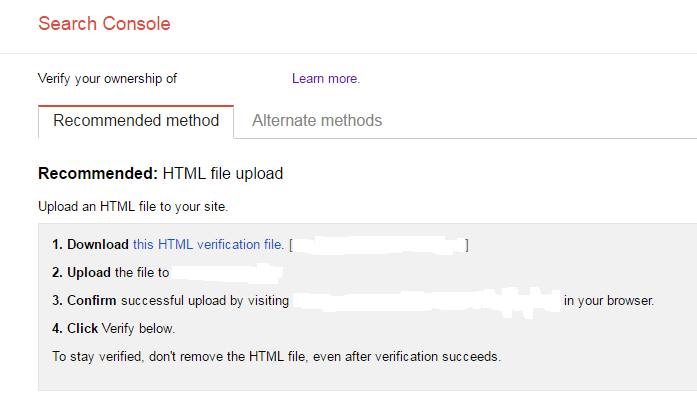
From Google Console you can gather much data about your website, which will help you understand more about the site.
2. Connected Google Analytics to your website

It is mandatory for your website to gather as much data as possible with the help of instruments such as Google Analytics.
3. Redirects Status
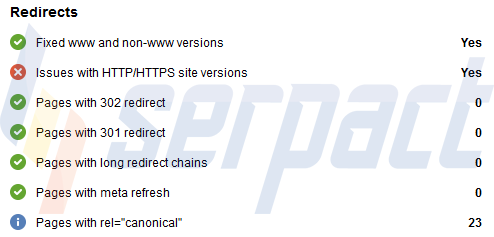
- Analysis with www or without www
- Analysis of HTTP/HTTPS (mandatory for online stores)
- Analysis of 302 redirect
- Analysis of 301 redirect
- Analysis of canonical
4. Analysis of indexing and crawlability of your website
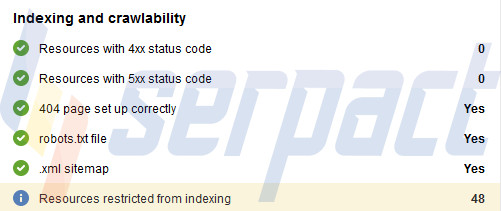
- XML Sitemap – a map of the website
- Robots. txt
- 404 answer
- 5xx status
- 4xx status
- restricted from indexing
5. Complete marking of the website according to schema.org

- WebPage
- Open Graph Data
- WpHeader
- WebSite
- SiteNavigation
- BreadcrumbList
- Article
- Table
- Local Business
- Product
- Services
- Reviews
- Civic Structure
6. Speed for desktops
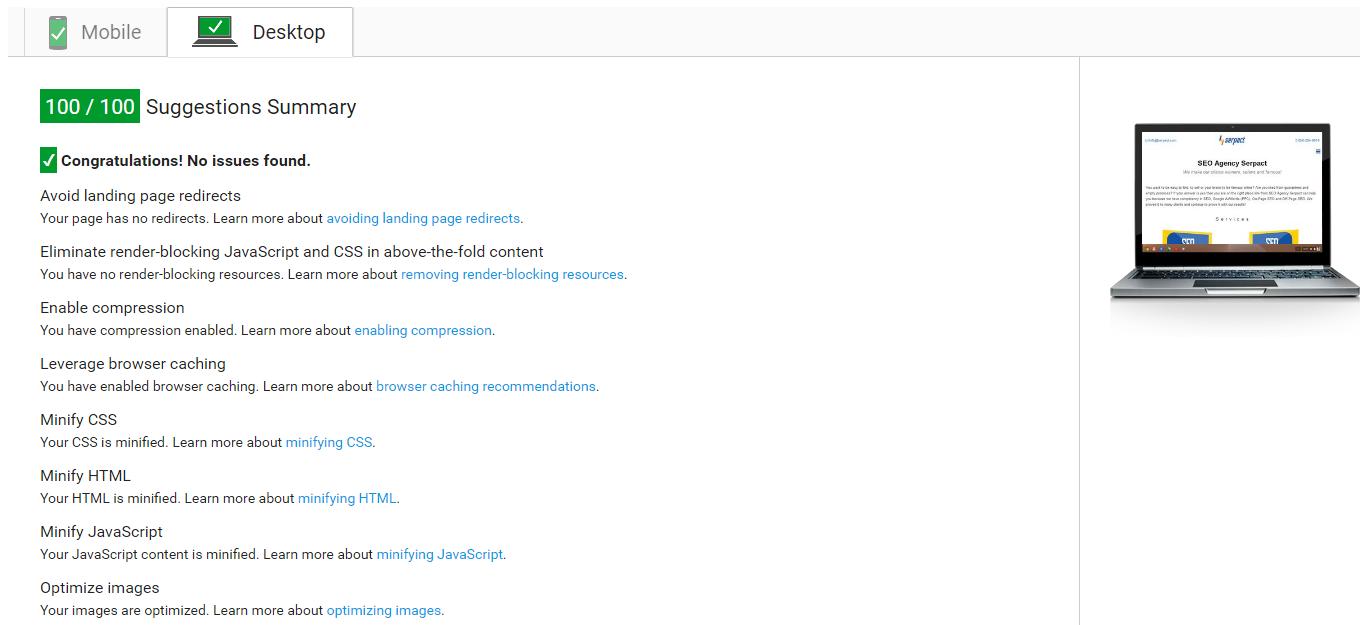
The speed for desktops is important and has to be optimized on the basis of the website’s possibilities and the client’s requirements.
7. Speed for mobile devices
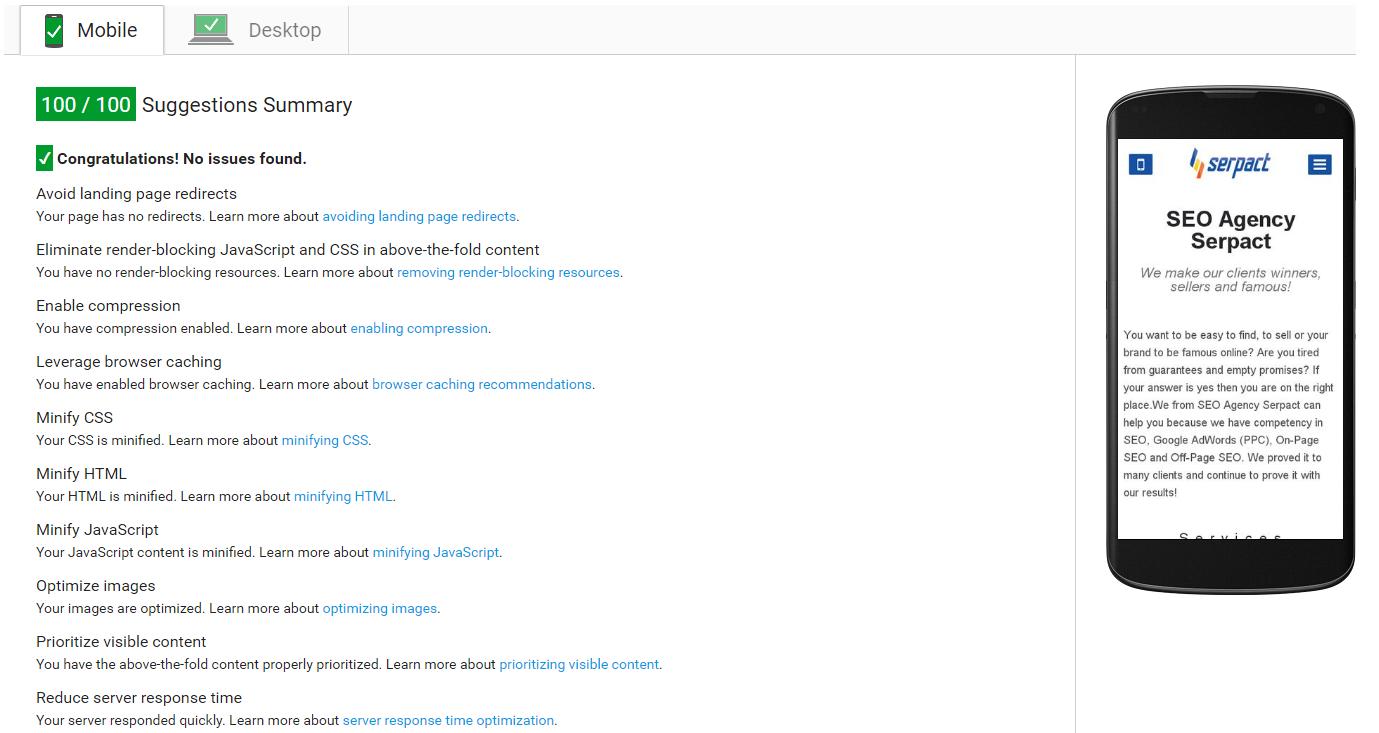
The speed for mobile devices directly influences the website’s ranking, as more than 50% of the traffic of most websites comes exactly from mobile devices.
8. Practical work of the UX users
Google Page Speed measures the practical work of the users, but doesn’t measure it entirely and you should not fully trust it. Search for help from a UX expert.
9. think with Google
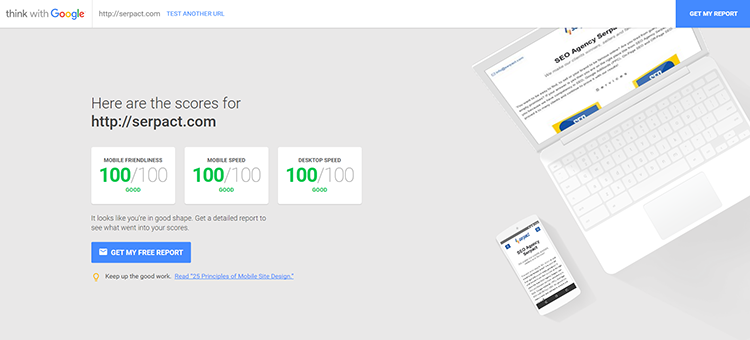
This Google instrument sums up the data for speed and mobile convenience
This Google instrument sums up the data from Mobile Friendliness test and Google Page Speed test.
10. Convenience test for mobile devices
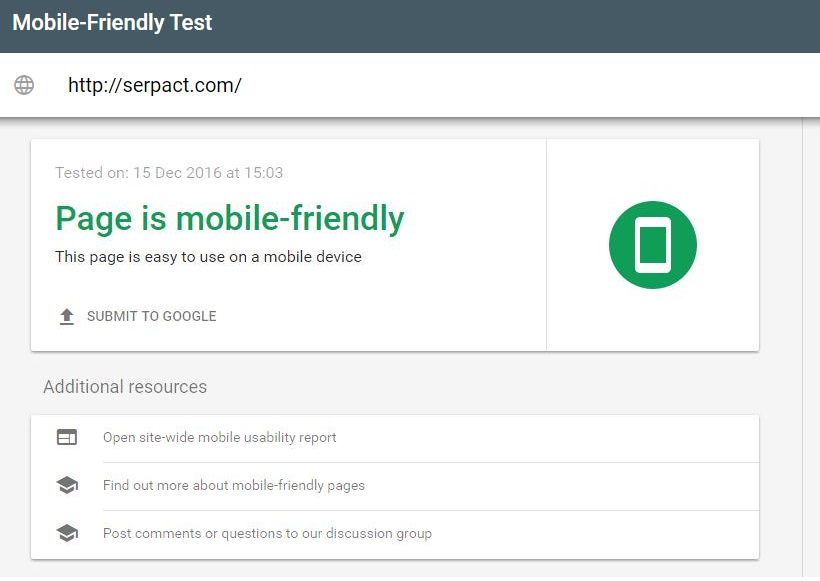
The mobile users are more than the desktop ones and Google pays them special attention, test your website first for convenience for mobile devices.
11. TTFB (time to first byte)

The so called time to first byte (TTFB)
The indicator detects how much time your browser needs in order to get the first byte of a response from the side of a web server, when it asks for a particular website URL.
12. AMP (Accelerated Mobile Pages Project)

AMP officially doesn’t influence the ranking of your website, but there are a few facts:
- It is reported in Google Console
- There is an exsisting Google instrument for testing→ goo.gl/uWqvaJ
- It shows whether the page has AMP or not during mobile searches
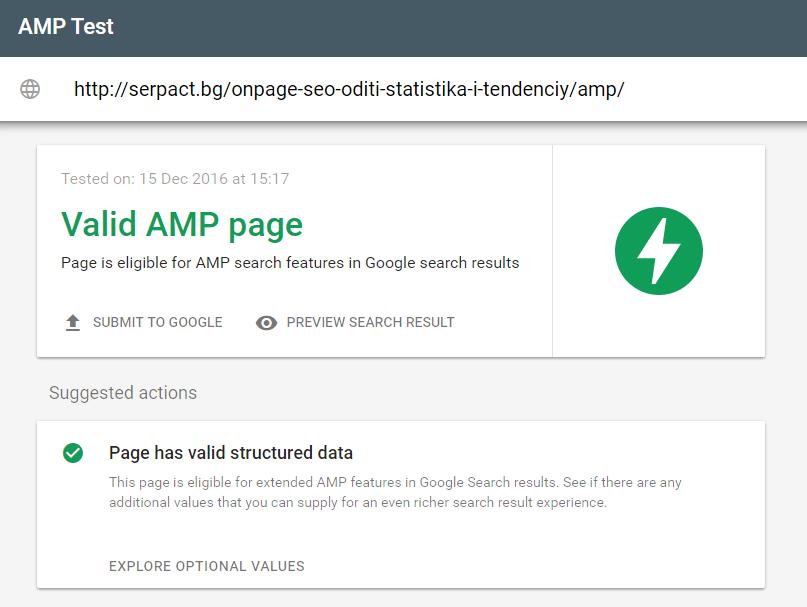
Attention:
- Use it only for publications
- The Google console should be tracked
- If you use a plugin, you should not update it. Or if you update it, perform an AMP monitoring
13. Outgoing links
Make an inquiry about the outgoing links and track them. It may turn out that you transfer value to one of your competitors.
14. Analysis of incoming links – link profile of your website
This is a OffPage SEO factor, but while making the OnPage report you can add it as an analysis.
15. Analysis of target webpages and audit of the website’s link juice
- Are you going to rank for all keywords with a home page?
- Which of your webpages rank and for which words?
- You should have a target page for each keyword core!
- Distribute the link juice carefully after the analysis.
- Select the right anchor text.
16. Analysis of the website’s content
- Do a research for keywords → searches, competition.
- Analyze your research and make a plan.
- Create your own keywords core
- Relevant content
- Research and plan
- Uniqueness and quality
- Stylization of the content – H1, H2, H3, H4
- Infographics and photos
- Distribution!
Order a free email consultation
OnPage SEO audits/statistics 2016
1. A total of 108 ordered SEO audits for 2016
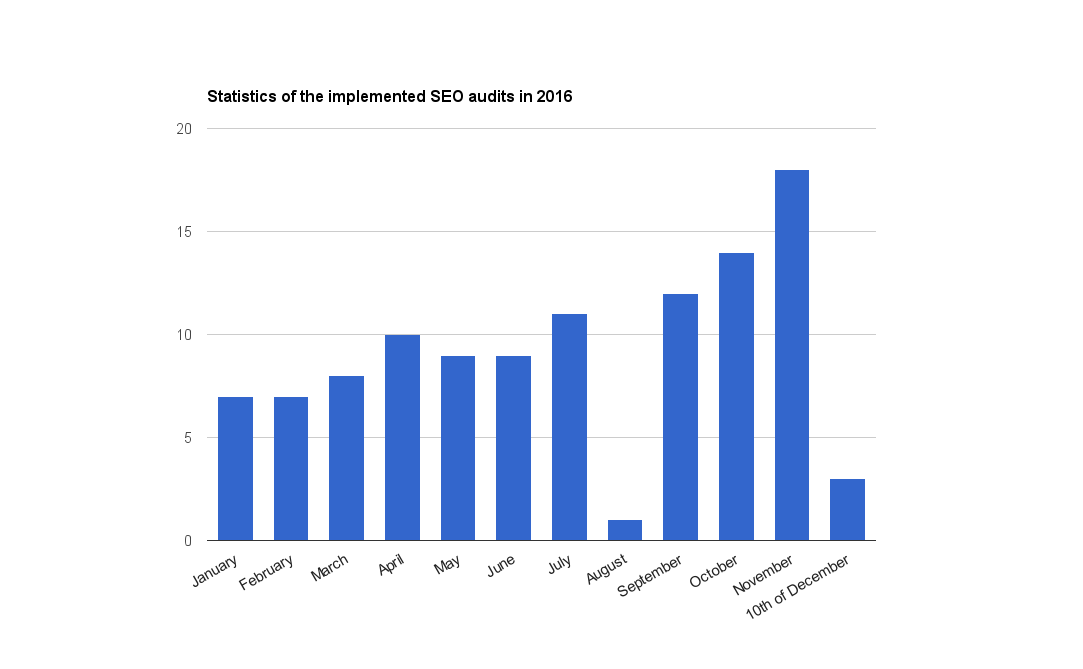
2. A total of 79 realized SEO audits for 2016
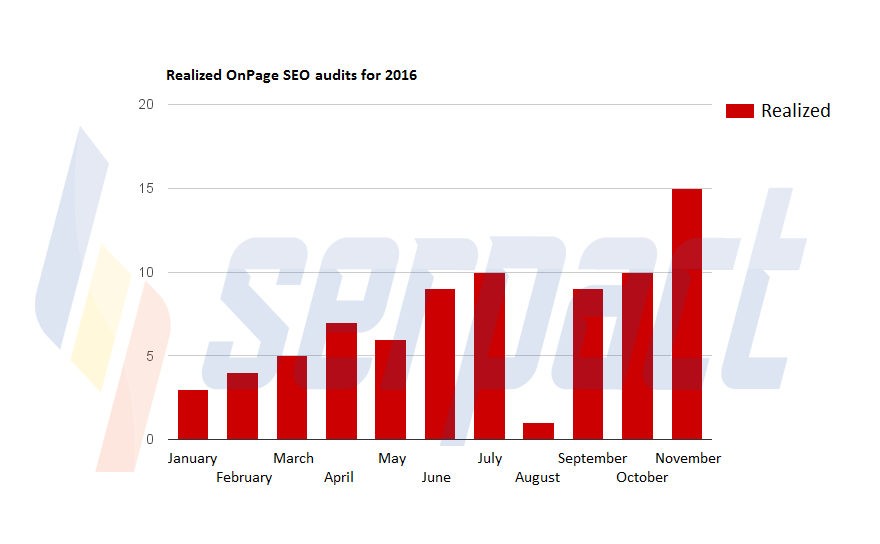
3. Improvement of the traffic after realization of SEO audit.
After the realization of 79 audits, we managed to analyze a part from them and the increase in their traffic. The traffic for realized SEO audits until the month of September is analyzed, as they are measured in the graph only for the first 2 months
Growth in the traffic in percents
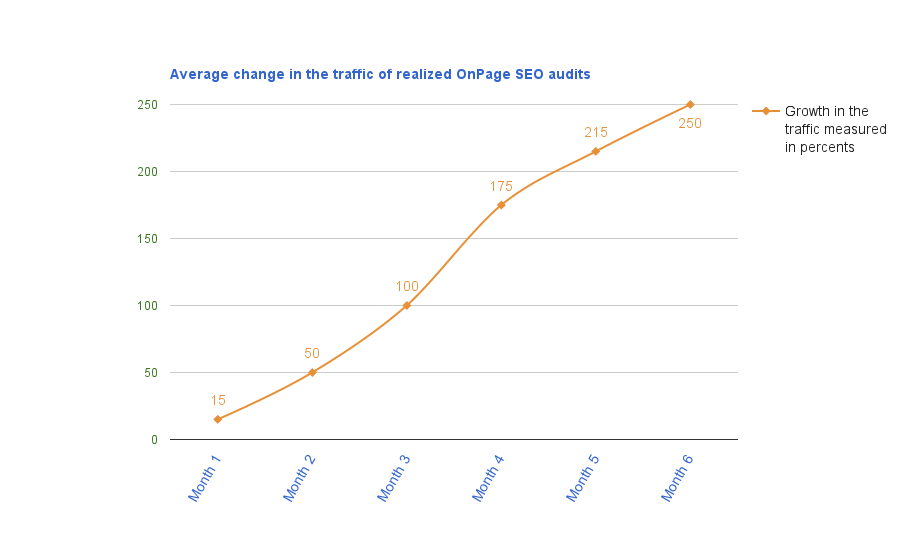
The graph shows the average change in the traffic of realized OnPage SEO audits
As a conlusion of the above written, we will sum up briefly that the realized OnPage SEO audits have a considerable effect on the traffic of the client websites (there are also several OffPage factors that have an influence, of course). We didn’t compare OffPage and OnPage because Digital agencies are working on a big part of the projects and we don’t have any given data. The Serpact team have only done OnPage SEO audits and their realization in the pointed out data.





